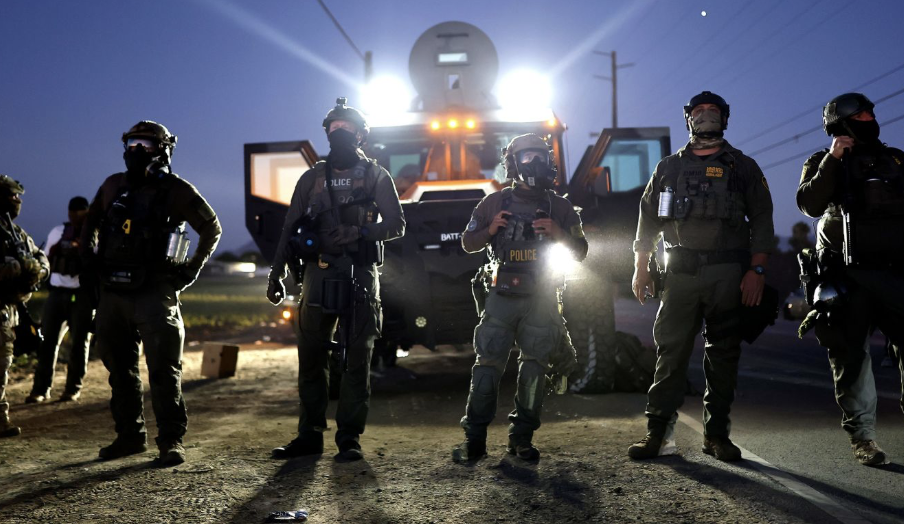As you drive across the 101 Freeway by the Santa Monica Mountains, you may have noticed a large construction over the freeway that connects two mountains. This construction is the Wallis Annenberg Wildlife Crossing at Liberty Canyon that has been in progress for the past two and a half years. A group of organizations, including the Santa Monica Mountains, Caltrans District 7, and Conservancy and National Park Service, have been constructing this bridge between the Santa Monica Mountains designed to allow wildlife to properly migrate in their habitat without dangerously walking across the freeway.
According to the Santa Monica Mountains Conservancy, a study done by Dr. Michael Soule pinpointed the location of Liberty Canyon as the key location for the crossing as a way to mitigate extinction for the mountain lion population. The land was private land acquired by funds given to the National Park Service by voters decades before the project itself developed.
Consequently, Governor Gavin Newsom combined his efforts with other partners to build the Wallis Annenberg Wildlife Crossing that many residents of Calabasas may have passed under while driving. So what are the key details about this crossing, and what can we expect from it in the next year when it plans to be completed?
The crossing was specifically built to address an ongoing problem of animal fatality in the Santa Monica Mountains. With the necessity of freeways for travel, wildlife migration has become harder for certain species. A surplus of migration attempts have resulted in death, causing a decrease in genetic diversity and a drive toward extinction for endangered or vulnerable populations. The purpose for the wildlife bridge was to reduce the amount of wildlife deaths by allowing animals to cross the freeway unharmed and reach the other Santa Monica Mountain.
According to the California Department of Transportation (Caltrans), the project has an estimated total cost of around $92 million. The bridge will be at a length of about 210 feet and a width of 174 across the freeway.
The actual design of the bridge is what makes the project truly unique and innovative as a conservation effort. The bridge will essentially trap the animals within it with barriers on the sides, making it so that the wildlife is protected when crossing, avoiding the chance of accidents on the freeway. Moreover, the design is made so that the animals will see a mountainside extension covered in vegetation. This will allow them to believe that the crossing is a continuation of the mountains they are used to in their habitat. The top of the crossing will be covered in drought-tolerant plants and look similar to the rest of the Santa Monica Mountains. And although the focus is on the depleting local mountain life population, the crossing is also necessary for other species including bobcats, coyotes, badgers, mice, deer, and foxes.
The local wildlife populations in Los Angeles can benefit from having a linkage between the Santa Monica Mountains, and the project could account for a population depletion from accidents on freeways, one of the largest local anthropogenic issues in Los Angeles that results in biodiversity loss.
So the next time you find yourself driving under the Liberty Canyon Cross, a seemingly typical piece of infrastructure overhead a freeway, take a moment to acknowledge the wildlife conservation efforts being made in Los Angeles. The bridge serves as a sign to us that people out there are making a positive impact on the world in spite of the effects human activity has on wildlife. People are choosing to care about the natural world around them, to get together and take a step toward a better future for the wildlife that surrounds us and brings vibrancy into the world we know.









